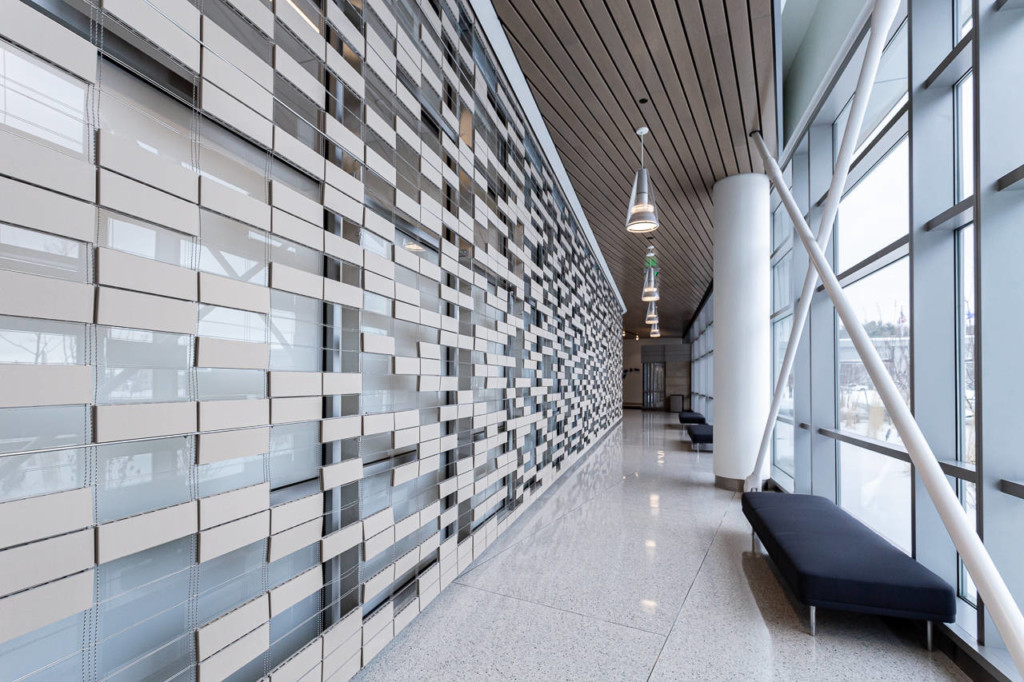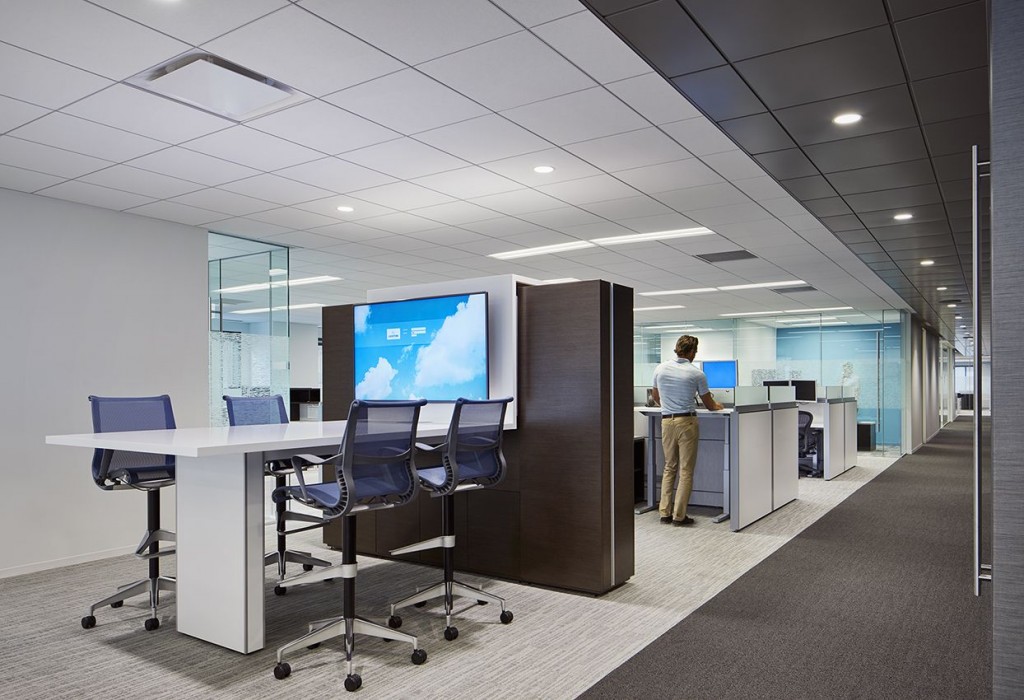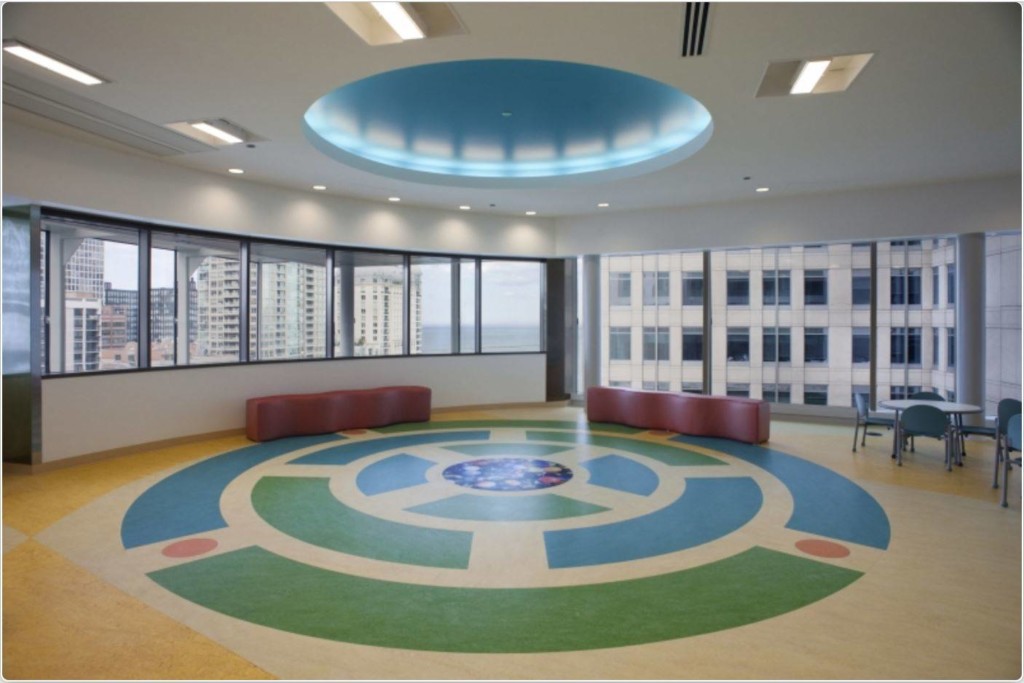Flooring adhesive manufacturers have been chasing the moisture-resistance levels that were possible with black cut-back adhesives for north of 35 years. This was a solvent-based adhesive that was extremely durable and water-resistant — but it contained asbestos.
Of course, as the dangers of asbestos were discovered — and lawsuits emerged — black cut-back adhesives were quickly phased out of production. Then adhesive manufacturers started moving away from solvent-based adhesives altogether, as they can emit dangerous levels of volatile organic compounds (VOCs). High VOC levels can negatively impact a building’s indoor air quality and its occupants’ health.
Safer water-based adhesives took their place. But the old solvent-based technology was proven to withstand moisture and stand the test of time, while the new, water-based technology was still in its infancy.
Fast forward to today. We now have low-VOC, water-based adhesive technologies coming out that are meeting the level of moisture resistance, adhesion and quality comparable to the old black cut-back adhesives.

The rise of safe and highly moisture-resistant flooring adhesive technology
Within the last five or ten years, adhesive manufacturers have unveiled products which allow you to install flooring in higher relative humidity (RH) conditions — as high as 90, 95 and even 99 percent RH provided no visible moisture is present. RH is a measure of the moisture present in a concrete substrate.
Every manufacturer seems to be coming out with their own line of adhesives they claim is bigger, better, stronger.
A few product highlights in commercial flooring's ever-evolving market:
- MAPEI's high-moisture adhesives
- MAPEI, a leading adhesive manufacturer, separates its line of moisture-resistant adhesives by moisture level. They give product options for slabs with 90, 95 or even 99 percent RH, depending on the results of your moisture test.
- Shaw's LokDots for carpet tiles
- Shaw’s innovative LokDots carpet tile adhesive permits installation in conditions up to 100 percent RH if no visible moisture is present. And emits near-zero VOC levels, it can even contribute points for a LEED v4 certification for your building.
- Interface TacTiles for tile flooring
- Designed for modular flooring, TacTiles by Interface are easy to install, low in VOCs and highly resistant to moisture from the substrate.

How to select a moisture-resistant adhesive in today’s market
Despite the saturation of the market, choosing your adhesive is relatively easy. The process is much the same, regardless of which material you choose.
First, you choose your flooring material based on application, aesthetics and long-term value. From there, you should follow the manufacturer’s recommendations. The manufacturer has done their testing and due diligence, and knows which adhesives and moisture levels will work for their product — and which won’t.
By and large, we tend to use the adhesives recommended by the manufacturer of the flooring system you choose. Following the manufacturer’s specifications will also ensure your flooring installation will be covered by the warranty.

Despite higher moisture resistance, moisture mitigation remains vital
Flooring systems, including adhesives, are designed to be installed at certain moisture levels and no higher. If your slab exceeds this threshold, your adhesive will release and your flooring will fail — no matter what type of flooring you choose or how moisture-resistant your adhesive is.
This is a huge deal: Moisture-related failure of flooring installations accounts for 90 percent of commercial flooring litigation. And yet, a meager 1.5 percent of budgets are put toward moisture management, according to a Resilient Floor Covering Institute article.
The cost of moisture failure is just too high to leave it to chance. This is why your flooring contractor tests your substrate for moisture before installation. Moisture-related failure of your flooring system is almost always preventable through moisture testing and the installation of a mitigation product.
Your contractor will test the slab in controlled conditions to determine if the RH in your slab exceeds the manufacturer’s recommendations. For example, a flooring product and its adhesive might be certified for installation up to 90 percent RH. If your slab tests at 95 percent RH, you’ll need to install a moisture mitigation product over the slab, usually a roll-on or full-spread vapor barrier product.
For lower-cost applications, sometimes a premium adhesive — if it exceeds the manufacturer’s specifications for moisture — will work. In some high-stakes, high-cost applications, however, you should consider installing a mitigation product even if the RH level doesn’t exceed manufacturer specifications.
The bottom line is this: You can’t afford not to do moisture mitigation if needed. The benefits of the latest adhesive technologies are wide and far-reaching, from better indoor air quality to less risk of moisture-related flooring failure. But even though they’re better at resisting high moisture levels, they do not serve as a substitute for moisture mitigation. In many applications, the cost of moisture mitigation pales compared to the cost of replacement.

Want a flooring partner who worries about moisture mitigation levels so you don't have to?
To identify the right moisture mitigation technique for your facility, you need a partner who understands the stakes. Diversity's national network of brands and locations have delivered 400,000+ flooring jobs in every corner of the country.
